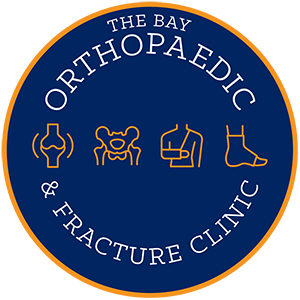Bone is a great material to work with as it sets more rigidly whilst it heals, and in children can change shape and straighten itself as the bone grows.
This means that a large proportion of fractures we can manage without surgery, and all we need to do is to hold it in a good enough position so that it won’t cause you problems after its healed. Most of the time this can be done with plasters or splints, and occasionally custom made braces and slings. In the small proportion of cases where either the fracture cannot be held in position, or its too out of position to be left, then we have the option of surgery where we move the bone into the correct position and then hold it there whilst the bone heals. This can be with screws, plates, rods in the bone canal, or sometimes cages outside the bone.
We do our best to get the bone to heal by not disrupting too much of the blood supply, so using the smallest incisions possible and adjusting fixation types for different fracture patterns is important to give the bone the best chance of healing. Too rigid and it won't heal, too loose and it won't heal either – every bone is different and the fixation needed varies. The aim is to get you over your injury as soon as possible so you can get on and do the things you love.
Below are examples of ankle fracture fixation with a plate, and nail fixation of the tibia, if surgery is required.
We have much more information to give you about fracture management!
If you wish to discuss this further please call the reception team on 07 4128 0736 and they’ll be happy to help.
© 2022- The Bay Orthopaedic & Fracture Clinic | Privacy Policy | Disclaimer | Website design:



